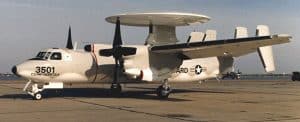
Grumman E2C “ Hawkeye” (1987)
Contained in the Drug Abuse Act of 1986 was a provision for an the Coast Guard to form an air interdiction unit operating E2C aircraft.

Contained in the Drug Abuse Act of 1986 was a provision for an the Coast Guard to form an air interdiction unit operating E2C aircraft.
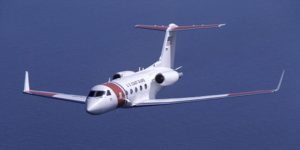
The C-20B was a twin-engine turbo fan Long Range Command and Control (LRCC) was obtained by the Coast Guard in 1985. The G-III was the

The Coast Guard acquired a single Grumman Gulfstream II in February 1969 as a high speed executive transport for use by the Commandant and the
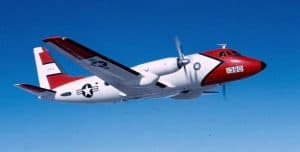
The Coast Guard acquired a special ordered G-159 Gulfstream 1 executive transport from Grumman Aircraft Corporation on 19 March 1963. Designated VC-4A it was based
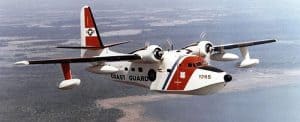
The Albatross, known by those who flew it as the “Goat”, proved to be ideal for the Coast Guard. It could operate from both land
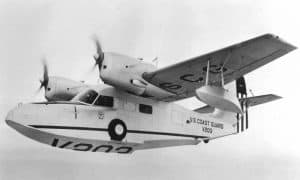
The initial production of 41 aircraft was delivered to civilian customers and the Portuguese Navy. Production then switched filling orders for both the Navy and Coast Guard for a light amphibian utility transport designated as J4F-1. The Coast Guard acquired 25 J4F-1 aircraft purchased in two groups.
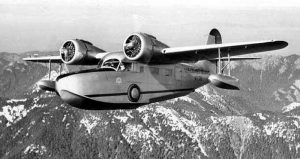
Grumman developed the G-21 Goose as a civilian transport aircraft designed to meet the needs of wealthy business organizations. It was put on the market in 1937. The Navy began acquiring the G-26 version in 1938 and designated them as JRF, Seven G-39 design aircraft designated JRF-2, were built to Coast Guard specifications, and were purchased by the Coast Guard in 1939 and 1940.
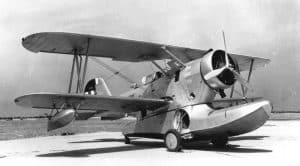
The Coast Guard obtained fourteen JF-2’s. The first was acquired in October of 1934. They were designed specifically for the Coast Guard. The Coast Guard numbers were V-135 through V148 The JF-2’s played an instrumental role during the Coast Guard’s testing of air operations on board its cutters.